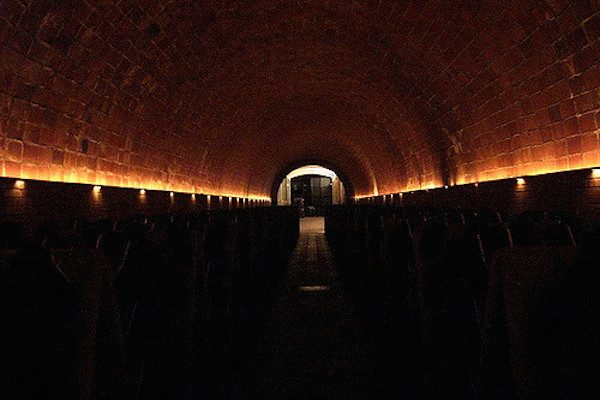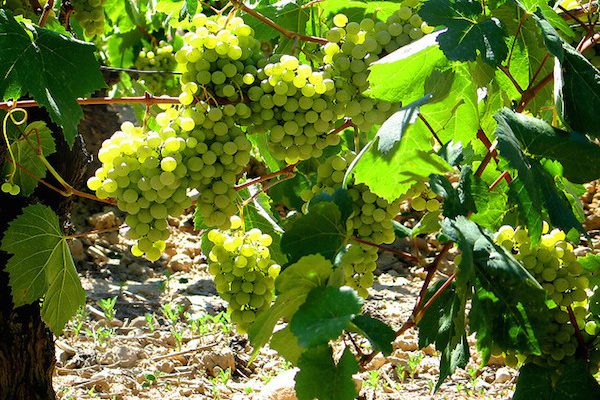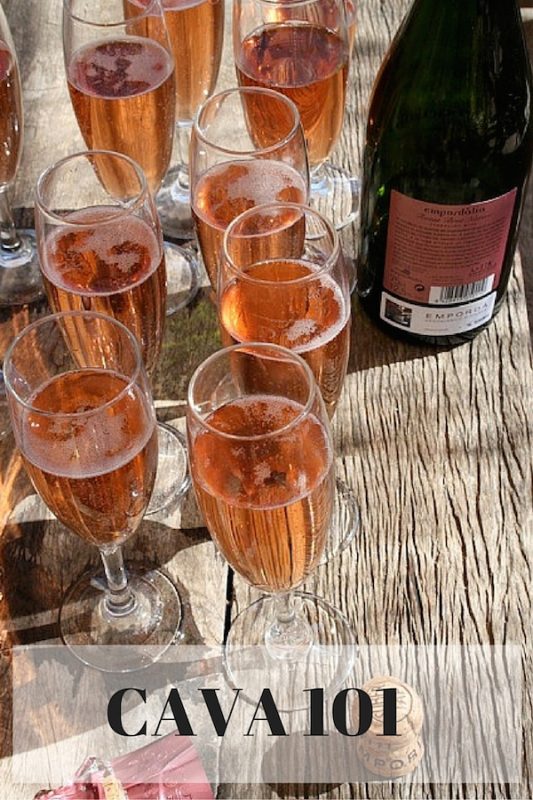Last Updated on November 17, 2025 by Emma Fajcz | Published: September 19, 2017
Love a glass of bubbly? Cava, the wonderful Catalan sparkling wine, is a staple of the local gastronomy and culture.
As a sparkling wine, cava has long taken a backseat to French champagne. It’s even been incorrectly referred to as cheap Spanish champagne! However, we are proud to say that this is no longer the case. Cava is finally being recognized for the wonderful drink that it is. We are happy to share with you everything you need to know about this Catalan sparkling wine. Now you too can get excited about trying some when you are in the region.
What is cava?
To put it simply, cava is the sparkling wine of Spain, most notably, of the northeastern state of Catalonia. The name cava is designated only for those wineries that follow specific protocols in the vineyard and winemaking process. We are so proud of our Catalan sparkling wine that most locals will have a glass daily!
Cava is typically made with three main grape varieties: macabeu, parellada and xarel.lo, though these are not exclusive, and produced as a sparkling white or rosé wine, ranging from very dry to sweet. The name comes from the Catalan word for cave or cellar, where the wine was traditionally stored or aged.
READ MORE: Best Spanish Wines to Try in Spain
Where does it come from?
According to the appellations, cava can be from eight different regions in Spain. However, Catalonia produces 95% of it. Cava originated in the region of Penedès. This is just some 50 kilometers south of Barcelona, in the mid-1800s. Furthermore, this winemaking region remains the top cava producer in Catalonia and Spain.

What makes it special?
There is a lot to love about a cool glass of crisp cava! Cava is wonderfully Mediterranean. The plentiful sunshine and mild climate in which the grapes grow make for a delightfully clean and refreshing wine. Not surprisingly, the very drinkable cava goes well with practically anything also. Enjoy it with anything from fried fish to dessert! In Catalonia, we take advantage of this by pairing it with meals all the way from breakfast to dessert!
Cava vs. Champagne
Cava is similar to champagne in that it uses the methode champenoise, the traditional method of making champagne in which the second fermentation occurs inside the bottle.
However, just as any wine is subject to its environment, cava and champagne come from two very different terrains. There is not much sun in Champagne winemaking region in France. This results in a much more acidic wine, which winemakers must smooth out by adding more sugar. Cava is lighter than champagne, therefore making it easier to drink.

Drinking Cava in Barcelona
Cava is the star of celebrations like weddings, birthdays and New Years throughout Spain. In Catalonia, however, it’s also very much an everyday drink. Most restaurants and bars will serve it by the glass, no matter the status of the establishment. There are also loads of no-frill cava bars that are always buzzing with local activity.
Cava has zero pretension attached to it. For this reason, we love it not only for a special occasion but also as an everyday drink at home. If you’d like to buy some to enjoy at home too, there are some great places to buy cava, along with other wines of course, in Barcelona.
Another great way to enjoy cava in or near to Barcelona is by visiting the beautiful Penedès wine region. Surprisingly, this is easily accessible by train or bus. Freixenet and Cordoniu, two famous cava producers, both offer different tours and visits at their wineries. For something more boutique, try Caves Nadal, a 16th-century winery that produced its first cava in the 1940s. Going on a cava or winery tour makes for a wonderful day trip from Barcelona. Why not join us on our Winery Tour with Organic Wine Tasting and Farm-to-Table Lunch? This great day not only includes tastings of cava produced on-site, but also a typical Catalan lunch!










I was introduced to Cava during a Devour tour in Barcelona. Back in Australia, it is still my favourite sparkling. Thank you Devour for memoriable night.
So happy to hear that, Julie! Thank YOU for coming along with us and for the kind comment. Salut!
I was introduced to Cava during a Devour tour in Barcelona. Back in Australia, it is still my favourite sparkling. Thank you Devour for memoriable night.